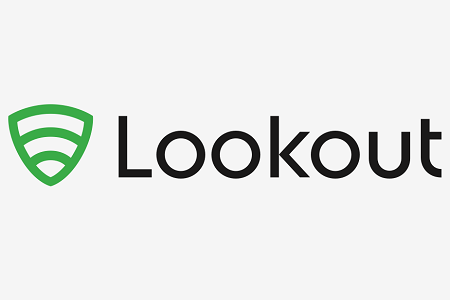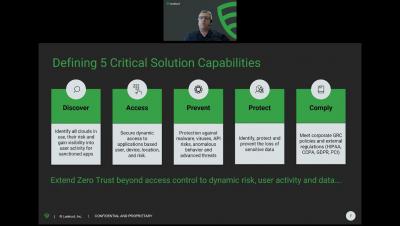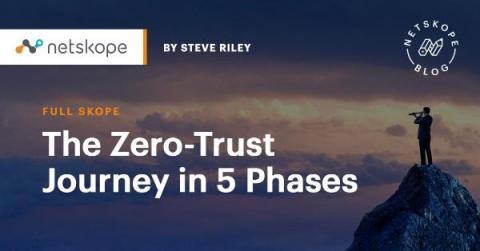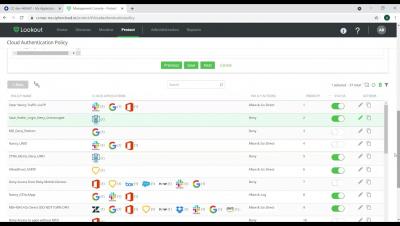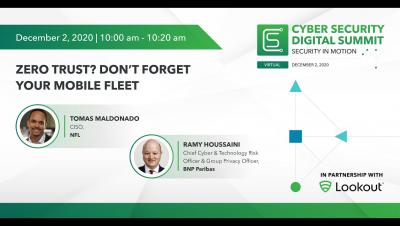Redirecting the Zero Trust Conversation to Build a More Robust Architecture
In a recent Tripwire survey, over 300 respondents from both private and public sectors said that implementing Zero Trust Architecture (ZTA) could materially improve cybersecurity outcomes. This result seems like a positive outcome since we don’t often get such a unanimously high confidence level in a specific security approach from survey data.




